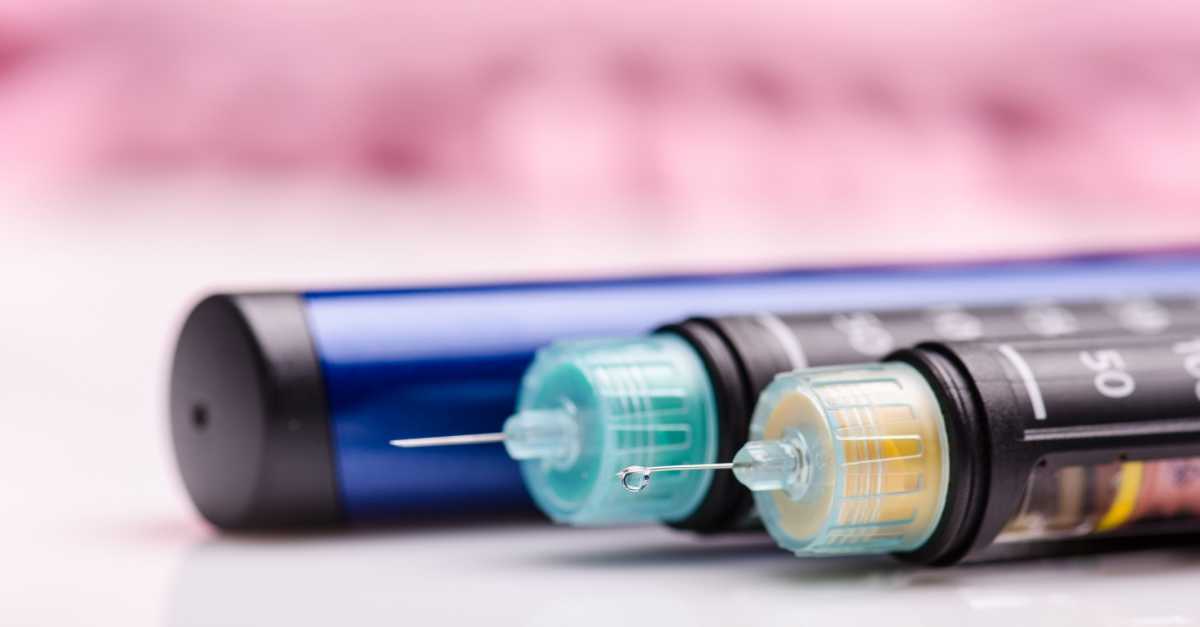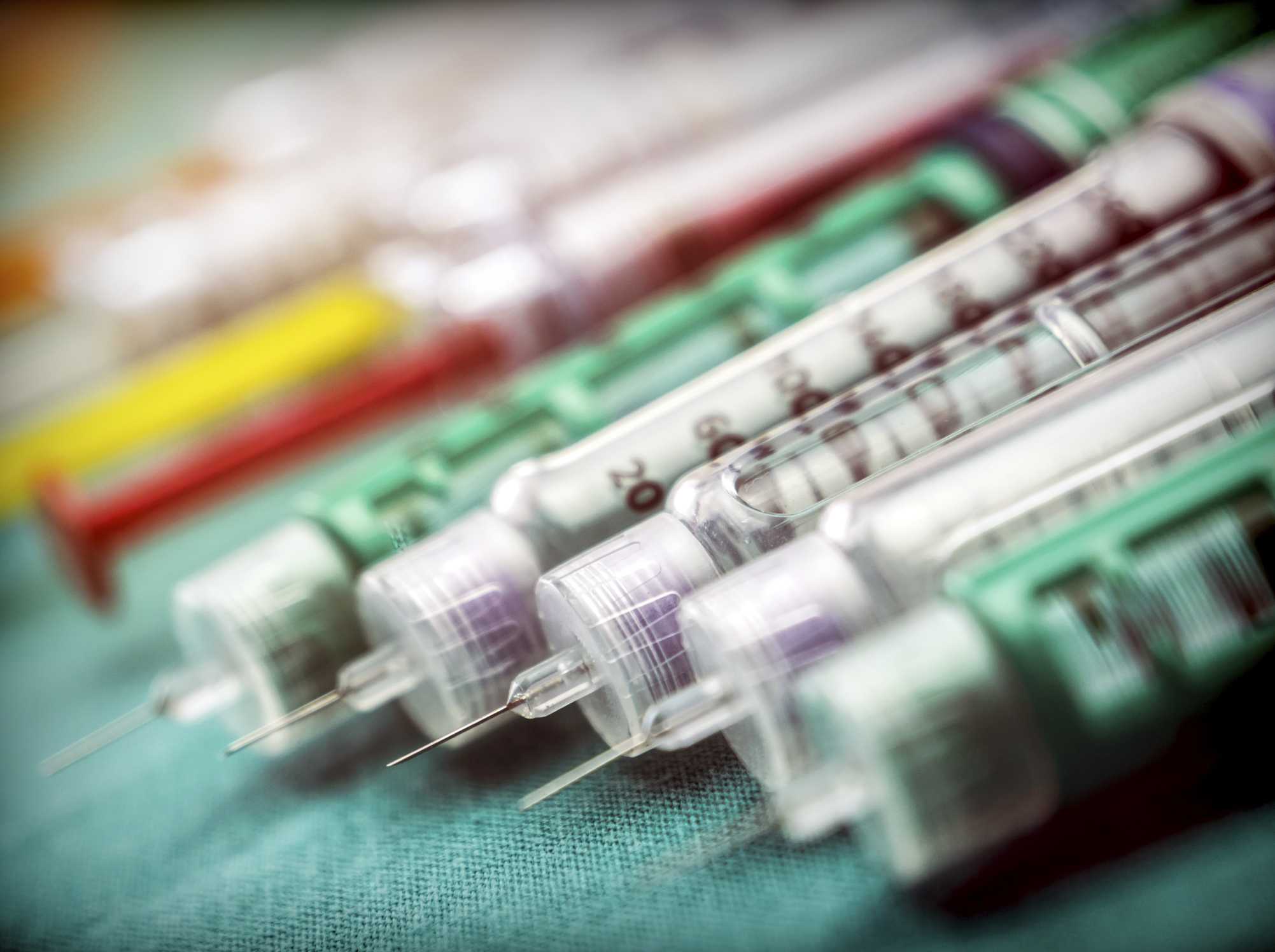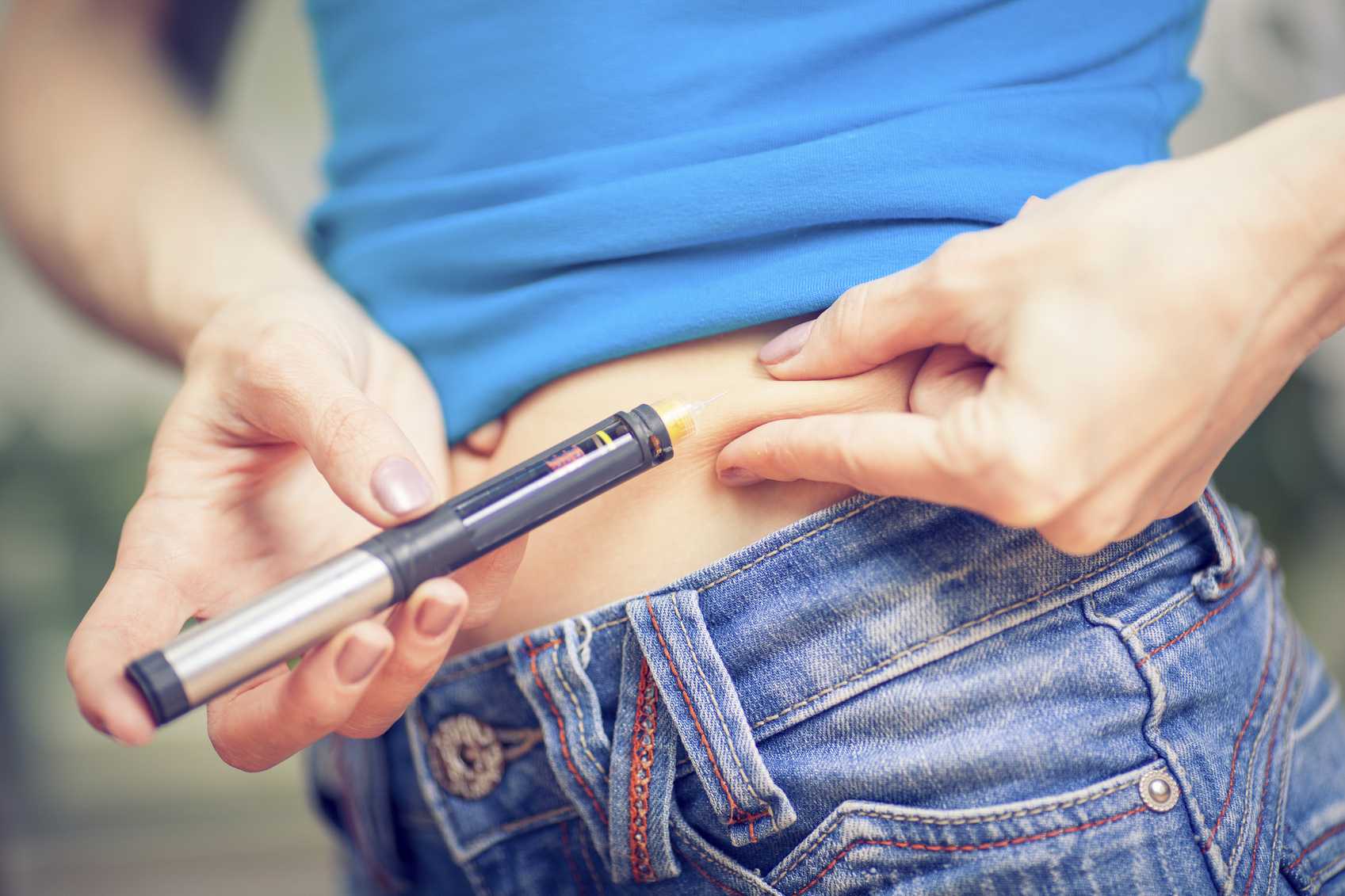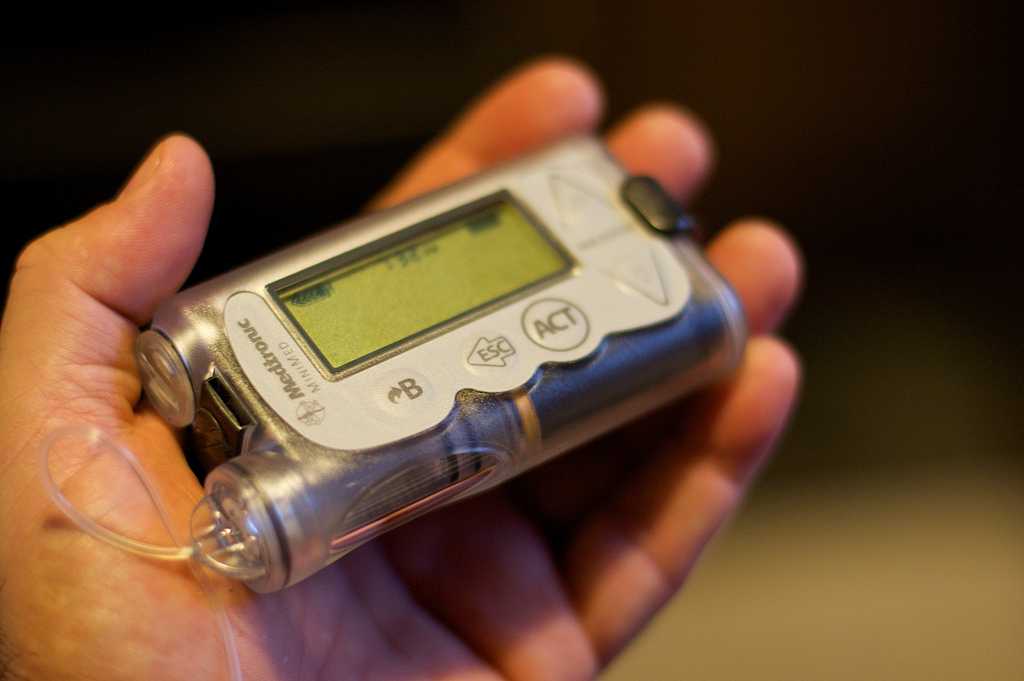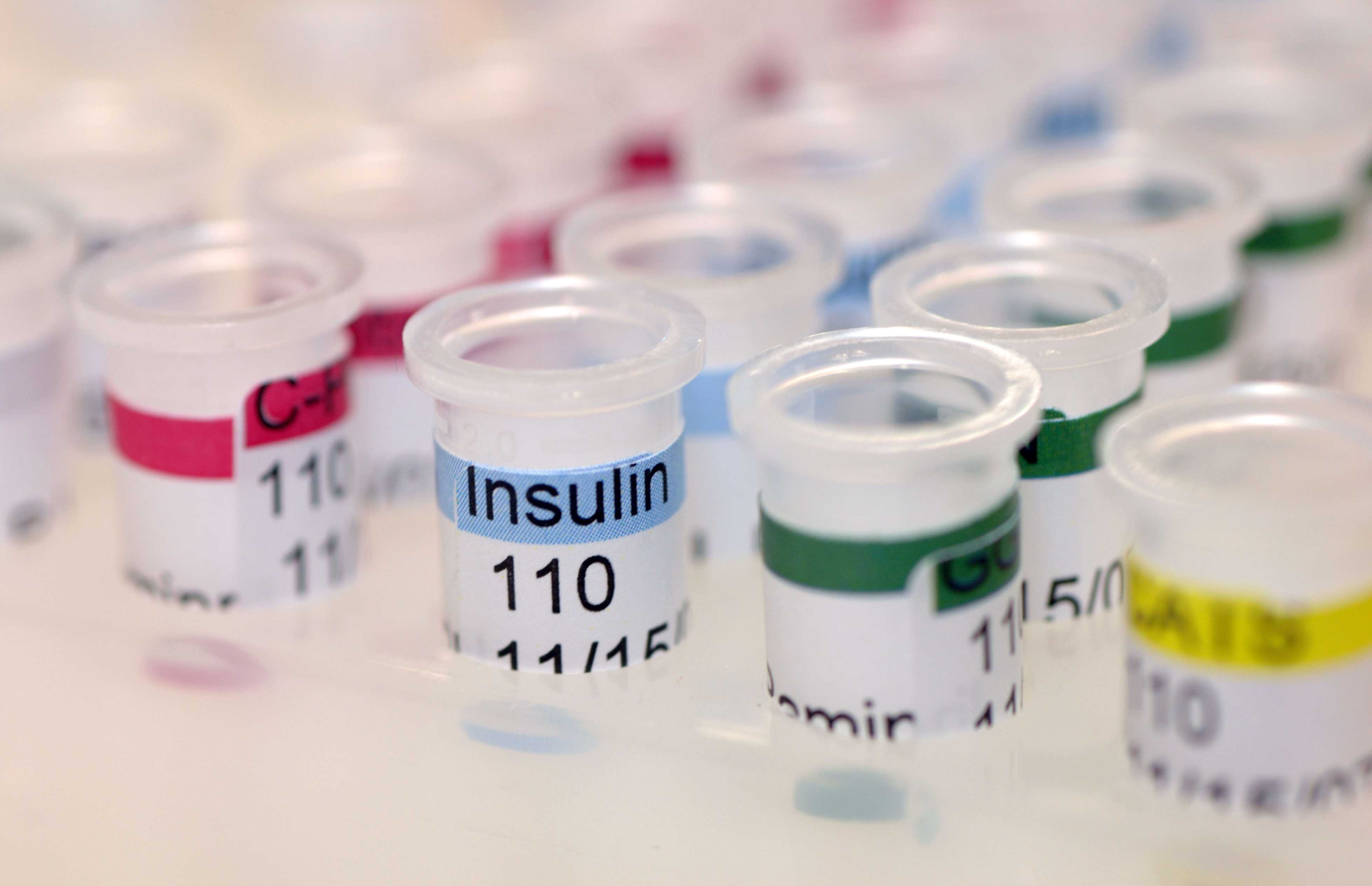Inside the pancreas, beta cells make the hormone insulin. With each meal, beta cells release insulin to help the body use or store the glucose it gets from food.
Insulin is prescribed to people with type 1 diabetes. This is because type 1 diabetes destroys beta cells in the pancreas, meaning that the body can no longer produce insulin.
People with type 2 diabetes make insulin, but their bodies don’t respond well to it. Some people with type 2 diabetes may take pills or insulin shots to help their bodies use glucose for energy.
This section covers everything to do with insulin – insulin types, prescription, delivery, side effects, insulin pumps, over-dosage, lancets and more.
How many types of insulin are there?
There are 4 types of insulin, based on how soon the insulin starts working (onset), when it works the hardest (peak time) and how long it lasts in your body (duration). However, each person responds to insulin in his or her own way. That is why onset, peak time, and duration are given as ranges. The types of insulin are:
- Rapid-acting insulin (Lispro) reaches the blood within 15 minutes after injection. It peaks 30 to 90 minutes later and may last as long as 5 hours.
- Short-acting (regular) insulin usually reaches the blood within 30 minutes after injection. It peaks 2 to 4 hours later and stays in the blood for about 4 to 8 hours.
- Intermediate acting (NPH and lente) insulins reach the blood 2 to 6 hours after injection. They peak 4 to 14 hours later and stay in the blood for about 14 to 20 hours.
- Long acting (ultralente) insulin takes 6 to 14 hours to start working. It has no peak or a very small peak 10 to 16 hours after injection. It stays in the blood between 20 and 24 hours.
It wasn’t until 1921 that insulin was physically extracted. This was done by a team from the University of Toronto which included Frederick Banting and J Macleod, who were given the Nobel Prize in Physiology or Medicine in 1923.
WHAT YOU SHOULD KNOW ABOUT INSULIN:
Some insulins come mixed together. For example, you can buy regular and NPH insulins already mixed in one bottle. They make it easier to inject two kinds of insulin at the same time.
However, you can’t adjust the amount of one insulin without also changing how much you get of the other insulin.
Strengths of insulin
Insulins come dissolved in liquids at different strengths. Most people use U-100 insulin. This means it has 100 units of insulin per milliliter (ml) of fluid. Be sure that the syringe you use matches the insulin strength.
U-100 insulin needs a U-100 syringe. In Europe and Latin American, U-40 insulin is also used. If you’re outside the United States, be certain to match your insulin strength with the correct size syringe.
Storage and safety of insulin
There are some general rules you should follow when it comes to the storage and usage of insulin:
- Using cold insulin can make your shot more painful.
- You can warm an insulin bottle by gently rolling it between your hands before you fill your syringe.
- If you buy more than one bottle of insulin at a time, store the extra bottles in the refrigerator until you start to use them.
- Never store insulin at very cold or very hot temperatures as extreme temperatures destroy insulin.
- Do not put your insulin in the freezer or in direct sunlight.
- Insulin may lose some potency if the bottle has been opened for more than 30 days.
- Look at the bottle closely to make sure the insulin looks ‘normal’. For example, if you use regular insulin, it should be perfectly clear – no floating pieces or color.
- Do not use insulin past the expiration date.
Additives and allergies
All insulins have added ingredients to keep them fresh and help them work better. Intermediate- and long-acting insulins also have ingredients to make them act longer. Today’s insulins are very pure. Allergic reactions are rare.

